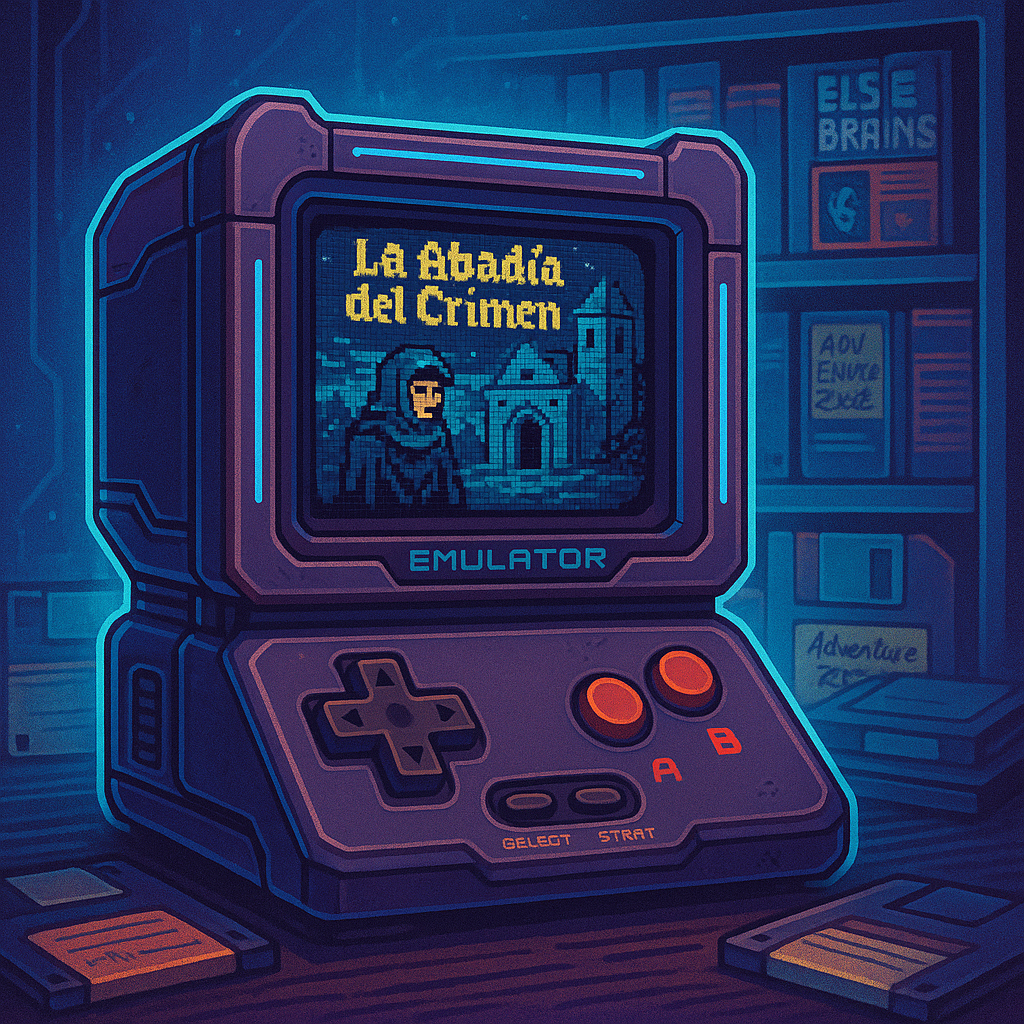Digital Memory: When Emulating Video Games is Reliving the Past

Have you lost your favorite adventures? No, they were just hidden in an emulator.
We live in a world without shelves. No more dusty cardboard boxes or hand-labeled 3½” floppy disks. In an age of cloud, streaming, and subscriptions, we risk losing our collective digital memory: the games that shaped us, that defined our love for adventure, strategy, or action. Emulating old video games isn’t just nostalgia — it’s digital archaeology, autobiographical memory rendered in pixels.
Portals like CPC-Power are temples of retrocomputing. They preserve games that, without the community, would have vanished like so many decaying floppies. Retrocomputing isn’t a geeky fad — it’s a form of cultural resistance against planned obsolescence and amnesiac progress. It’s a tribute to a time when each game bore its creator’s imprint and every tape load was a ritual.
Today, we don’t keep the covers on the shelf. But we can preserve their essence. Just like the Wayback Machine captures lost websites, emulators let us relive experiences that would otherwise be lost forever. And this has a deeply human dimension. As memory psychology suggests, our emotional memories are central to understanding who we are. When we emulate La Abadía del Crimen or Rick Dangerous, we’re not just playing — we’re reconnecting with a younger version of ourselves.
It’s not just about “remembering when,” it’s about feeling it. Emulating old video games keeps part of us alive — a digital Library of Alexandria that, if we don’t preserve, might disappear forever.